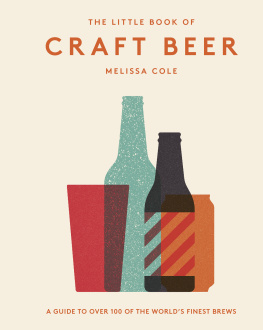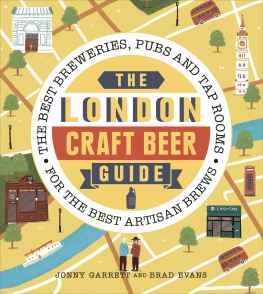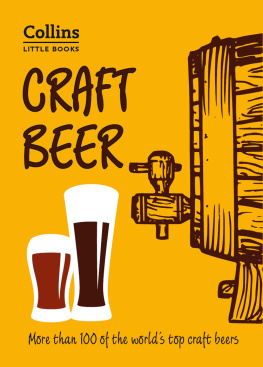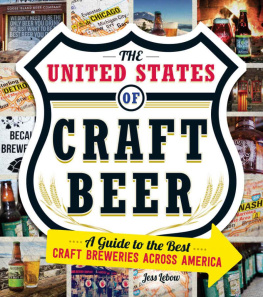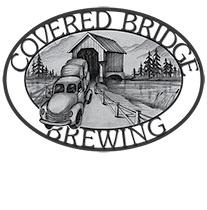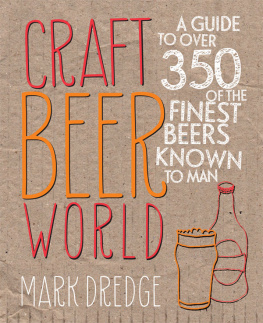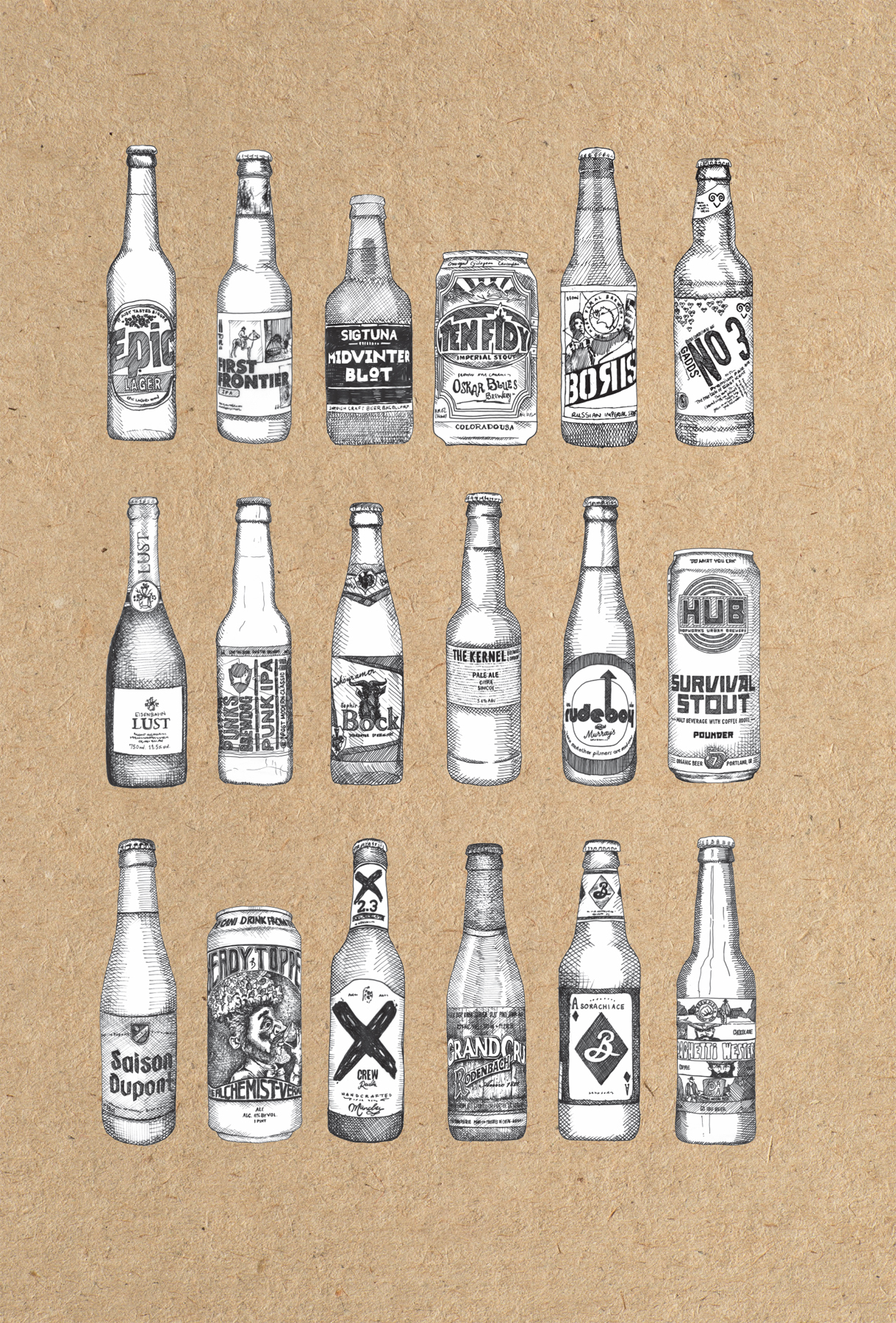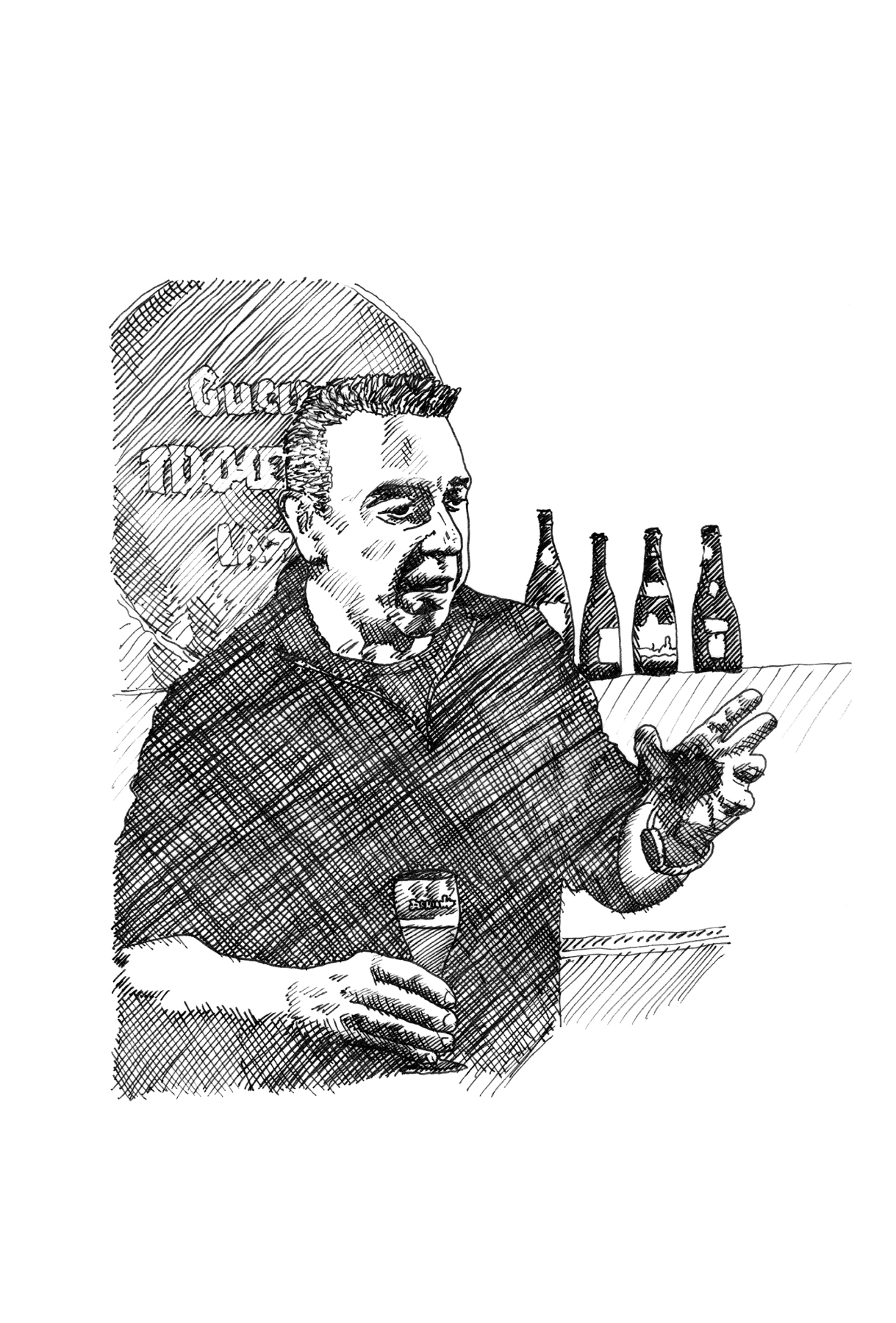Cover copyright 2018 by Hachette Book Group, Inc.
Hachette Book Group supports the right to free expression and the value of copyright. The purpose of copyright is to encourage writers and artists to produce the creative works that enrich our culture.
The scanning, uploading, and distribution of this book without permission is a theft of the authors intellectual property. If you would like permission to use material from the book (other than for review purposes), please contact permissions@hbgusa.com. Thank you for your support of the authors rights.
Originally published in 2017 by Eight Books Limited in the U.K.
First U.S. Edition: May 2018
Black Dog & Leventhal Publishers is an imprint of Hachette Books, a division of Hachette Book Group. The Black Dog & Leventhal Publishers name and logo are trademarks of Hachette Book Group, Inc.
The publisher is not responsible for websites (or their content) that are not owned by the publisher.
The Hachette Speakers Bureau provides a wide range of authors for speaking events. To find out more, go to www.HachetteSpeakersBureau.com or call (866) 376-6591.
W hether you want to call it craft, artisanal, independent, or real, the world of beer has never been so exciting, as the traditional countries of brewing (Germany, the Czech Republic, UK, Belgium, the USA) have been joined in the quest for great beer by the likes of Spain, Brazil, and Italy, where brewers are both following global trends and trying to develop styles using raw materials native to their countries.
I am a writer and journalist, a beer-writer if you like, and my day-to-day job involves inspecting and introspecting about beer (as well as drinking it and visiting breweries). Writing this book has been a reminder that my journey is never really over, as I continue on a quest to discover a world of bold-tasting beers from breweries that are encouraging new flavors, rediscovering old flavors, and exciting the palate in the process.
So what have I discovered? First of all, that there are a lot of India Pale Ales (IPAs) being made. This is the beer style that every brewer from Shanghai to Sydney, from Brussels to Portland, Oregon, wants to brew. Little more than thirty years ago, the IPA was an invalid beer style, resting in the wings, slumbering in the armchair of history, the province of no more than a few British brewers, low in alcohol, and, apart from the odd exception, an afterthought. Then came the American beer revolution, in which breweries such as first Sierra Nevada and later the likes of Stone used American hops such as Cascade to revitalize the style, in the process helping to create the American-style IPA (as opposed to the British style). Both now co-exist (in many countries) and have been joined by several variations of the IPA: black, red, Session, Belgian, Imperial, and, more controversial to my mind, tart and fruit IPAs. I recently drank a Raspberry Smoothie IPAit was interesting and intriguing, but to my mind it was not an IPA; on the other hand, you could argue that beer styles, as in styles of cuisine, music, art, and literature, never stand still, and that the devoted brewer should always be forging ahead.
Let us not forget, though, that other styles are available. There are porters, stouts, golden ales, pale ales, bitters, saisons, and wheat beers (of both the Belgian and the Bavarian traditions); there are beers that have been soured, aged in barrels of various woods, played host to different yeast varieties, and then been blended; and, of course, there is the splendid family of lagered beers, whether they be Pilsners (Bohemian and Bavarian), Dunkels, Viennas, Mrzen, or the new kid on the block, the India Pale Lager, or IPL.
One of the more fascinating directions in which the new brewers are taking beer is toward the rediscovery of past traditions. Maybe IPA and porter were the first rediscoveries, but we have also seen the growth of wood-aging and blending, a practice that British brewers in the 19th century were very adept at. Take a look at the brewing books and journals of that century and you will see etchings of the massive wooden tuns that held porter, a dark beer that was aged and blended with a fresher variant. As the 20th century progressed amid world wars, prohibition, changing social patterns, and the emergence of global beer companies, brewers forgot their traditions, the local beers, the quirky beers, the beers that needed time.
Take Leipziger Gose, for instance. I first read of this beer in the pages of one of Michael Jacksons books in the late 1990s and was immediately smitten with the idea of a soured wheat beer that had salt and coriander in the mix. At the time, it seemed like only a couple of breweries were producing one. In 2010, I was in Leipzig on a travel assignment and finally tried one, at Bayerischer Bahnhof, where I spent an afternoon discussing Gose and other beers with the brewmaster, Matthias. How times have changed. Gose is now another fashionable beer style for brewers all over the world. I have had Gose from the USA, the UK, and Italy. Not every one is good, and there is a tendency to flirt with the style and to add all manner of extra ingredients, but the style is saved. On traveling through the pages of the book, you will see evidence of other ancient styles revived: Grodziskie, Adambier, Lichtenhainer, and Berliner Weisse.
All this excitement and exhilaration bode well for the future of beer, although there remain challenges with some countries experiencing high taxation, others having to deal with the insidious rise of what my beer-writing colleague Pete Brown calls neo-prohibitionthe closure of pubs (a big issue in the UK)and what some people see as the biggest threat to global independent beercorporate takeovers. For example, Anheuser-Busch InBev is now responsible for 30% of global beer sales and half the worlds profits on beer. Anheuser-Busch has also been very active in buying up craft breweries, especially in the USA, although their modern approach is radically different from the days when such an action would usually have meant closure. We have seen the likes of Goose Island, Camden Town, and Birra Del Borgo go beneath their Local Champions wing, while other breweries such as Ballast Point have been bought by other companies. So far, little seems to have changed apart from the beers being more easily found, but this is a future trend that could change and needs to be carefully watched.
The idea for this book came from my wife, Jane. She is not a beer drinker, but we were having a brief discussion on how one could approach a beer book from a totally different angle and out of the blue she said: the seven moods of beer. The idea developed from there. Allied with this is that I am often asked what my favorite beer is, and I have long used the stock answer: It depends on what I am doing at the time. If I want to drink beer in the company of friends, then a brisk bitter or a sprightly Pilsner is more appropriate than an Imperial porter, and so with this in mind I began to develop the idea of suggesting beers that would go with a range of different occasions and frames of mind. This is about beer being flexible, a friend; about something gelling with how the drinkers feel, that might surprise and lead them to surmise how little they knew about the beer in the hand.


